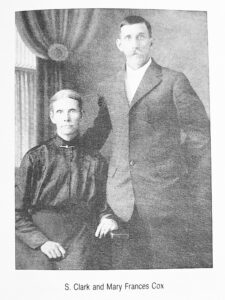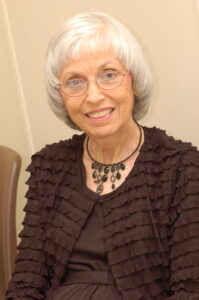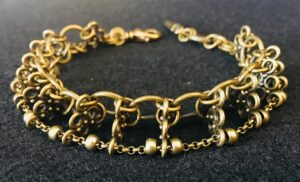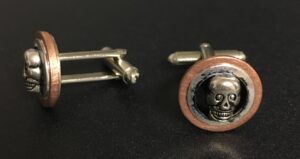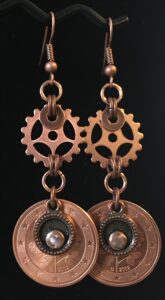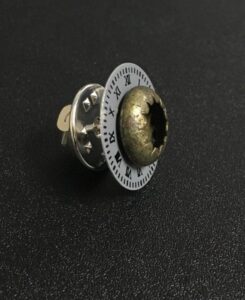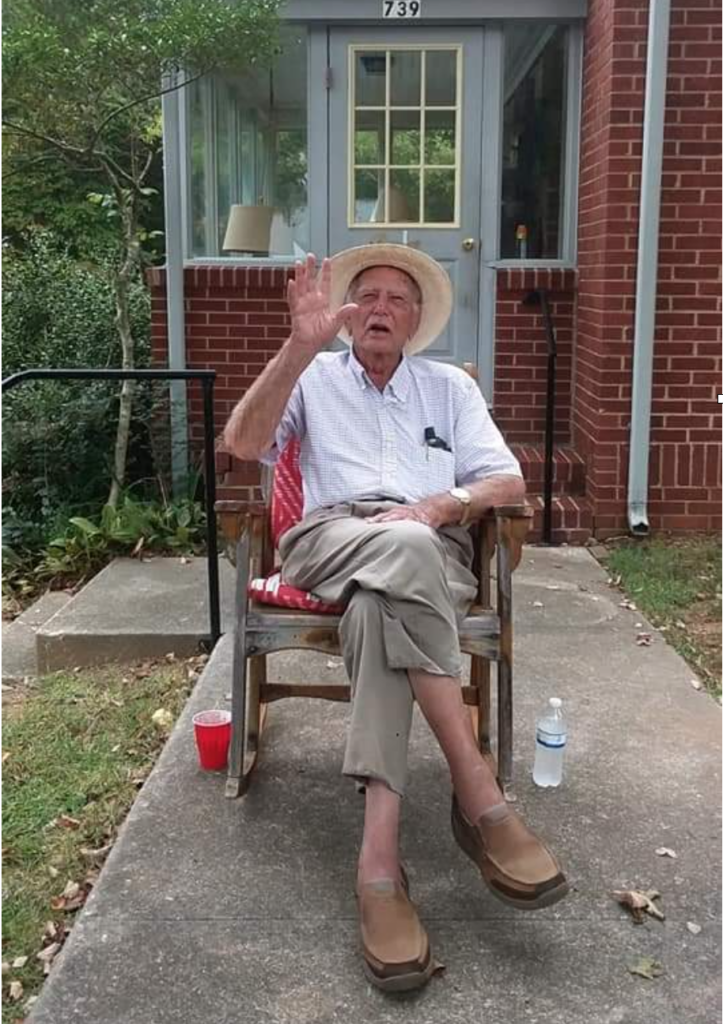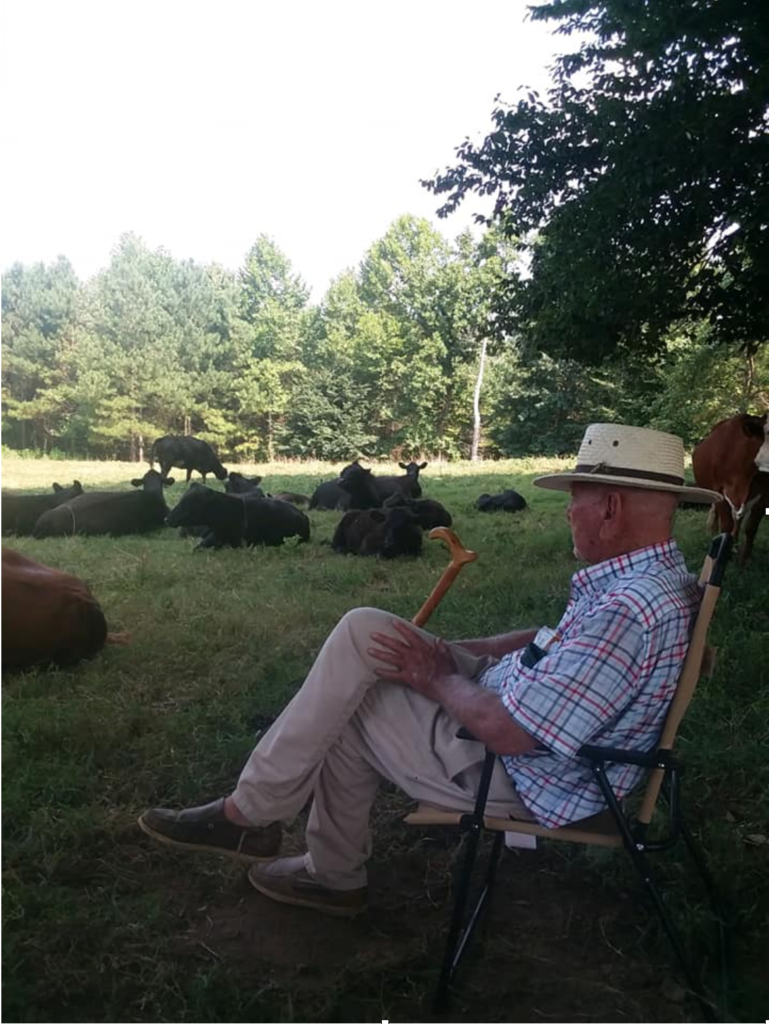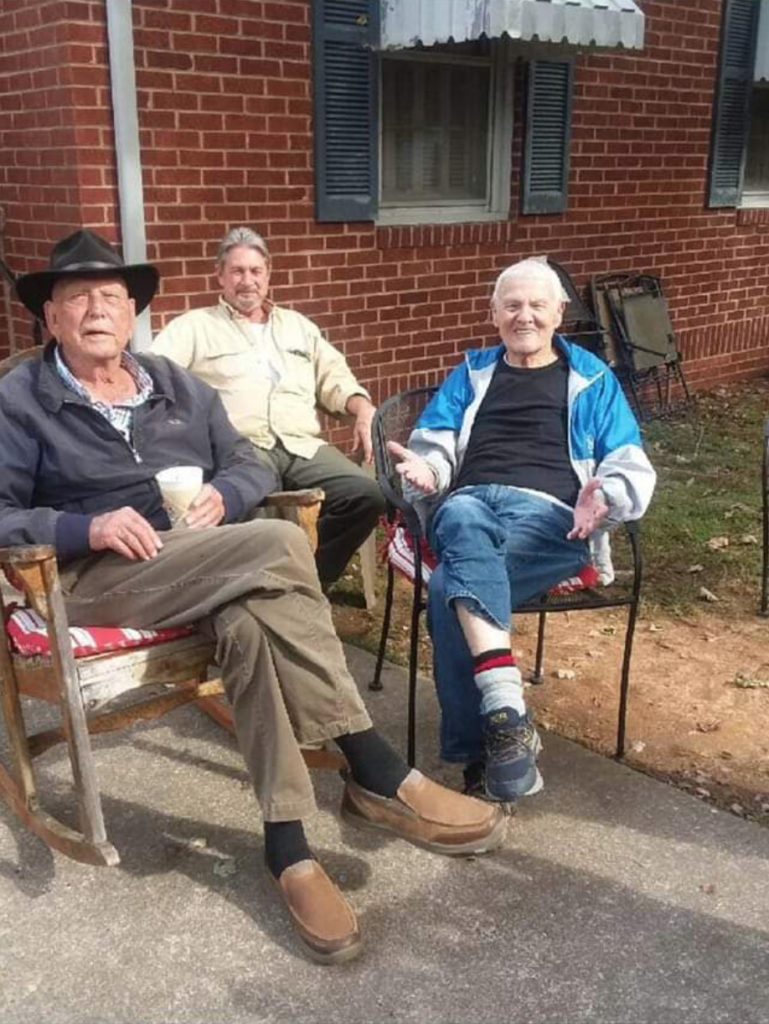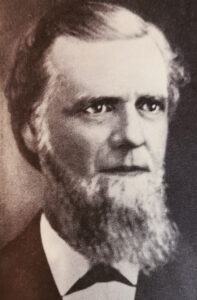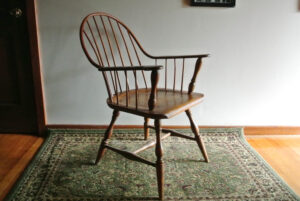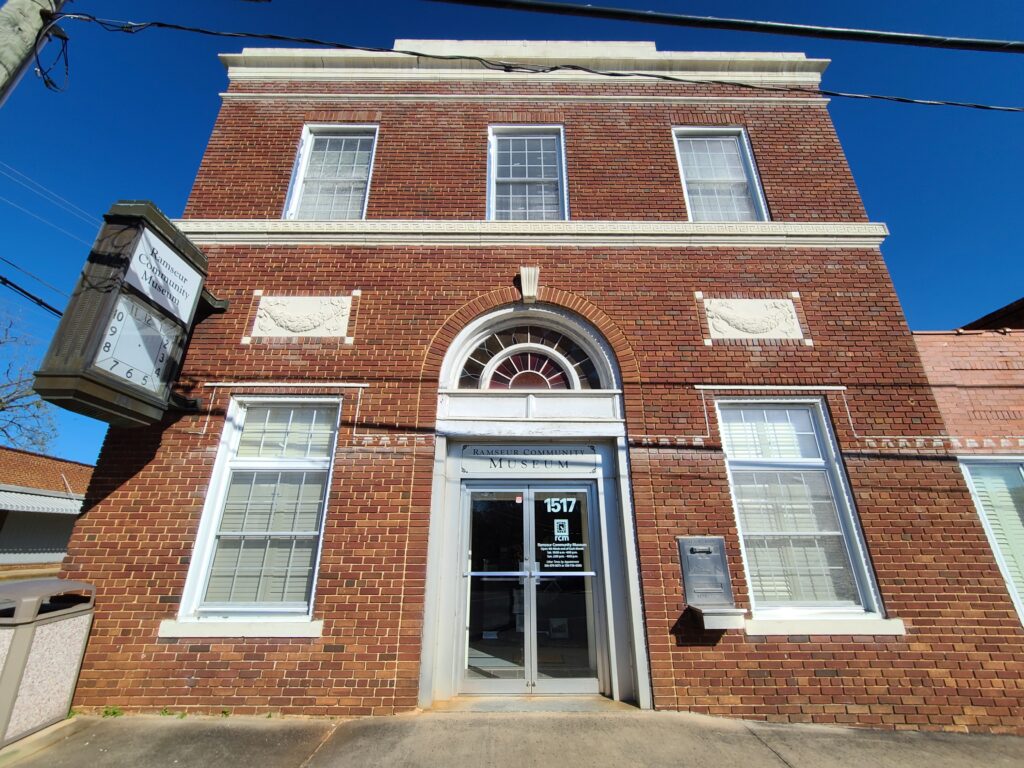Life is often characterized as seasons. Birth, toddler-hood, school-age, and teen years are often seen as the “spring” season of our lives. Following close behind is early adulthood, marriage, and children; regarded as the “summer” portion. The years of watching children grow under our care, and then leave the nest might be considered our “autumn” season. And then grandchildren, loss of parents, and ailments of old age come upon us in “winter”. Right now, I am somewhere in the late autumn/early winter years. It’s a good season in which to sit and reflect.
Though not everyone had the same experience, I was blessed to grow up in a home where I was loved and felt safe and secure. No matter what wreaked havoc in my little world growing up, I knew my parents had created a haven I could come to at the end of the day and all would be well, at least for a while. I’ve heard it said many times that a church is just a building, the people inside make up the church. The same is true for homes; a house does not make a home. It’s the folks within the walls that make it so.
I remember moving out of the house for the first time and joining a friend to become roommates in an apartment. How excited I was to cut the apron strings, make my own schedule, do my own thing! Free from the constraints of my parents’ oversight! Then, I returned from an out-of-town work trip one day to find my friend had stolen my checkbook and had written bad checks all over town. She had also taken a few items of my jewelry and pawned them. I lifted the phone off the cradle to call home, only to find the phone had no dial tone. Though I had given my share of the phone bill to my roommate weeks earlier, the bill had not been paid and the phone no longer worked. I went to the corner gas station and made a collect call home. My father answered, and as I tearfully explained what was happening, and expecting to hear his thoughts on the entire situation, he simply said to me, “come home”.
Later in life, when a marriage I had intended to last forever didn’t, I found myself a single parent. A couple of weekends a month and every holiday, I relinquished my hold upon my sweet little girl, so she could visit the other side of her family. But occasionally, I would get a call saying, “mom, can you come to get me”? And I would tell her I was leaving right then, would be there soon, and she could “come home”.
When daddy went into the hospital for what was to be the last time, it meant several weeks of ICU visiting hours, which consist of “hurry up and wait”. One sibling lived out of state and could not visit as often. When the dreaded day arrived when daddy passed over the river Jordan, and into the very presence of God, I was the one that called my sister to tell her, and to utter the words, “come home”.
More years passed, and my sweet girl grew up and got married. Soon after, a wonderful baby boy showed up and make me a grandparent for the very first time. This MiMi was over the moon with happiness! But, a few years into that marriage, my daughter called and said, “mom, things aren’t working out. It’s more than you know about and more than I can handle right now. I need to get out of this situation, but I don’t know where to go”. And I did what most any mom and Mimi would do. I said, “come home”.
Then just this week, my pastor delivered a sermon on “the great I AM”. He reminded us of how God was, is, and forever will be. He talked about how we, the body of Christ, are to bring children into the fold. As he reiterated these words from scripture, “well done, my good and faithful servant” my heart was pricked, and my tears flowed. How will they hear if no one tells them? I have fallen short and must commit myself to spread the Good News of Jesus Christ! For if I nor anyone else shares with them how to accept Christ as savior, they will spend eternity without Him. Instead, when their days on earth draw to an end, I want God Himself to say the words that have encouraged my weary heart and dispelled my fears so many times during this life, “come home”.

